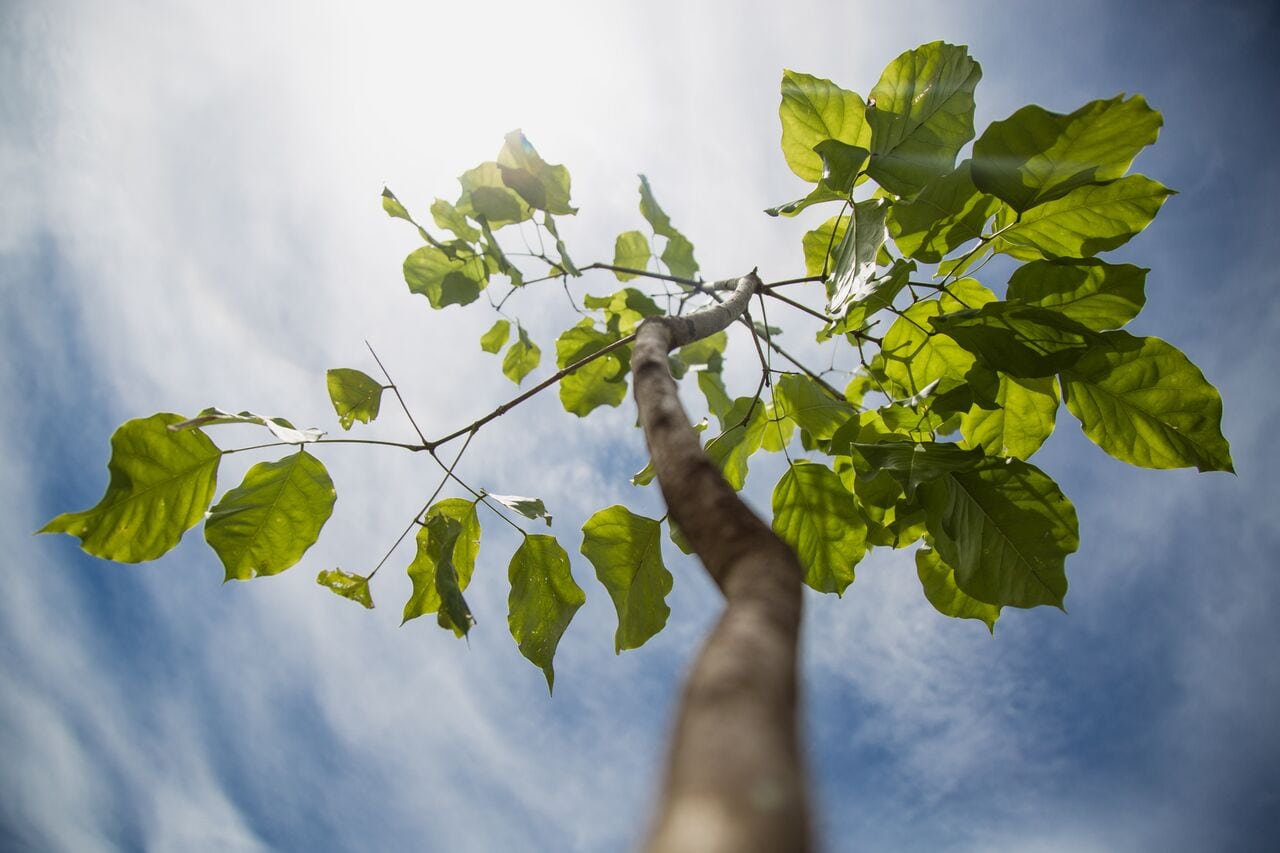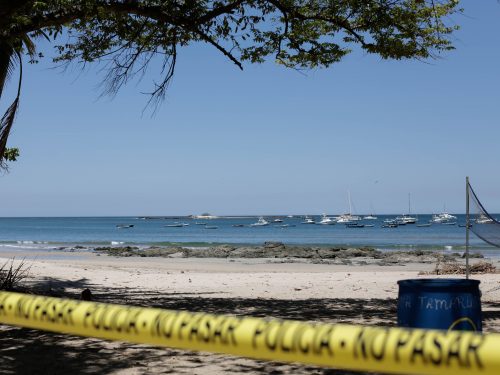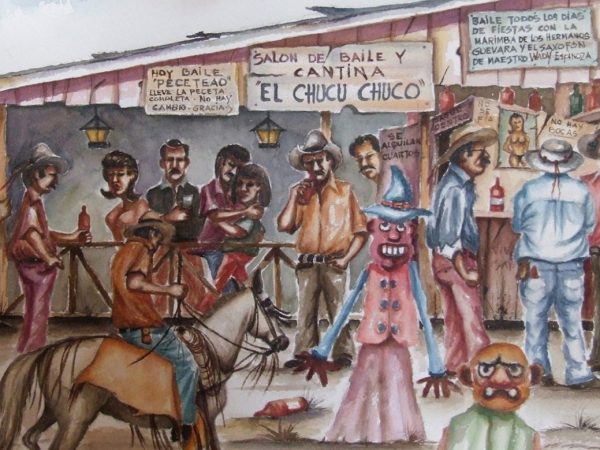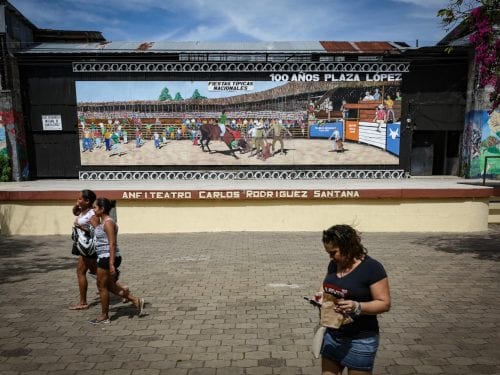
“What does the country gain from declaring the marimba a national symbol, or erecting a monument at the entrance to Santa Cruz, if we let the instrument disappear?” Randy Juarez tells us with a furrowed brow.
He has been a music professor for more than 30 years and has been building marimbas for 17. He tells us that the best types of wood for building the “piano of the Americas” are protected by the state with a ban that impedes their commercial use because they are endangered.
We are talking about cedar (prohibited) for the construction of the marimba’s percussion box, Cristobal or cachimbo (prohibited) for the keyboard, Guaitil (unrestricted) for the mallet and the rubber tree (unrestricted) for the head of the mallet.
“Us marimba builders are criminals,” Juarez continues, raising his voice and making reference to how they have to “take their chances” in order to get the wood that preserves this Guanacaste tradition and folklore.
Since there is no marimba without wood, the “Marimba Forest” project was born at the hands of Randy and with the backing of Santa Cruz’s Climaco A. Pérez High School.
The trees necessary for the construction of the percussion instrument are planted and preserved on nine-and-a-half hectares.
The professor and the high school created a space for reforestation that will allow them to preserve the woods.
“If we plant trees we have the right to use them despite the prohibition. That gives us complete freedom,” says José Arturo Alfaro, director of the institution. “If we cut down two trees, we plant five. The idea is to do it responsibly.”
The land for the forest is property of the education ministry, but is managed by the high school. If you are on the way to Santa Cruz, it is located roughly 200 meters from Coopeguanacaste on both sides of the highway.
All in Time
The marimba forest started three years ago and it will take about 20 to 25 years for the trees to grow to the point at which they can be used for producing the instruments.
We are planting for the future,” Randy says.
Getting there is a process. The high school allowed a greenhouse to be built on its property where the trees can be sheltered during their early stage.
Once the trees are no longer just a seed and they grow to a decent size, they are transferred to the forest.
The greenhouse is also used for planting fruit trees, which will also be planted in the forest.
Maintaining the greenhouse and the forest requires a budget. At the moment, according to project leaders, that is lacking.
While the high school’s administrative board provides financial support, Randy has promoted the project in order to bring in more resources, such as the grant they received from the culture ministry for ¢4 millones ($7,100).
The project also receives donations of time through volunteering and economic donations from the community and other institutions. It also receives material donations: the trees.
More Than a Forest
While the trees are maturing, the “Marimba Forest” is thinking big.
The idea is to create an area with trails that will be used for education and recreation by schools and tour guides that are interested in hearing the story and learning about the different types of wood needed to build the instrument.
“We want a research lab and a place for tourist visits,” Alfaro says. “We want a folkloric complex. Santa Cruz is a folkloric city. People come in search of culture and here we don’t have a space for that.”
Randy and Jorge Arturo tell us that they are also pursuing the enactment of an education ministry decree that would guarantee the continuation of the project regardless of who the director is or on the administrative board leading the institution.
Far from the forest, the director and the teacher also dream of a day when the professionalization of teaching marimba becomes a reality —when teachers and students learn about its history and how to make the instrument.







Comments